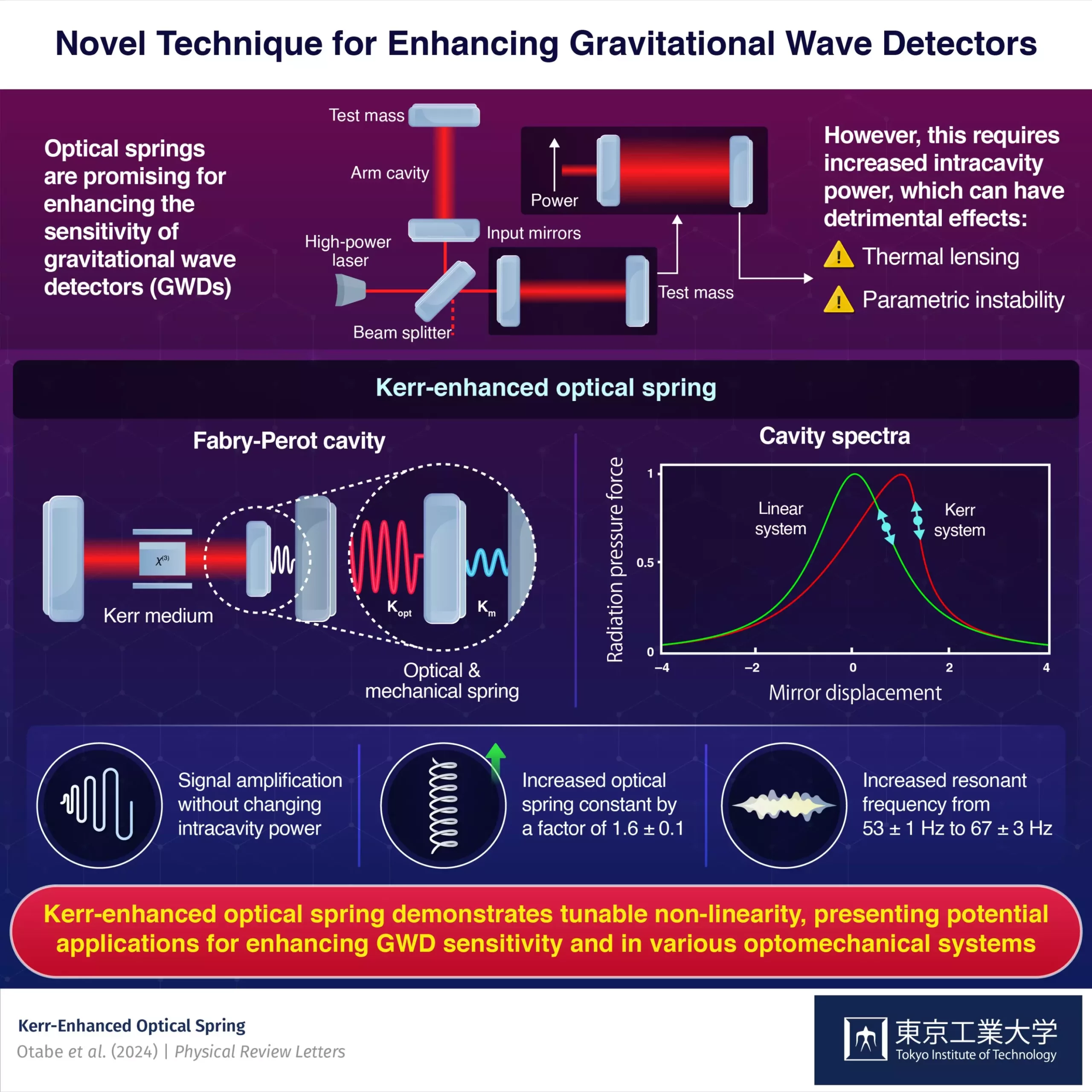The discovery of gravitational waves has been a monumental breakthrough in the field of modern physics. The detection of these waves, particularly those resulting from the merger of binary neutron stars, has provided invaluable insights into the workings of our universe. However, the detection of gravitational waves emitted by post-merger remnants has posed a challenge due to the limitations of current gravitational wave detectors in capturing these elusive signals.
The frequency range of the gravitational waves emitted by post-merger remnants falls outside the capabilities of current gravitational wave detectors. As a result, there is a pressing need for the development of next-generation detectors that are equipped to detect these elusive waves. These waves are crucial in unraveling the internal structure of neutron stars and offer a wealth of information about the universe.
One promising approach to enhancing the sensitivity of gravitational wave detectors is through the use of optical springs. Unlike traditional mechanical springs, optical springs leverage the radiation pressure force from light to mimic spring-like behavior. The stiffness of optical springs in gravitational wave detectors is determined by the light power within the optical cavity, making it essential to increase the intracavity light power to enhance the resonant frequency of the optical springs.
A team of researchers from Japan, led by Associate Professor Kentaro Somiya and Dr. Sotatsu Otabe from the Department of Physics at Tokyo Tech, have developed a groundbreaking solution to address the challenges of enhancing optical springs without increasing intracavity power. Their innovative approach, known as the Kerr-enhanced optical spring, involves utilizing intracavity signal amplification through the optical Kerr effect.
The Kerr-enhanced optical spring design involves introducing a Kerr medium into a Fabry-Perot type optomechanical cavity to induce the optical Kerr effect. This effect causes an optical field to change the refractive index of the medium, creating a significant gradient of the radiation pressure force within the cavity. As a result, the optical spring constant is enhanced without the need to increase intracavity power.
Experiments conducted by the research team demonstrated that the optical Kerr effect successfully increased the optical spring constant by a factor of 1.6, resulting in a significant rise in the resonant frequency of the optical spring. The researchers anticipate further improvements in the signal amplification ratio with the refinement of technical issues. This novel design not only enhances gravitational wave detectors but also provides a unique tunable parameter for optomechanical systems.
The development of the Kerr-enhanced optical spring marks a significant advancement in the field of gravitational wave detection and optomechanical systems. This innovative solution offers a promising method to enhance the sensitivity of gravitational wave detectors without the drawbacks of increasing intracavity power. With further research and development, the Kerr-enhanced optical spring has the potential to unlock more mysteries of the universe and facilitate the advancement of gravitational wave detection technology.


Leave a Reply